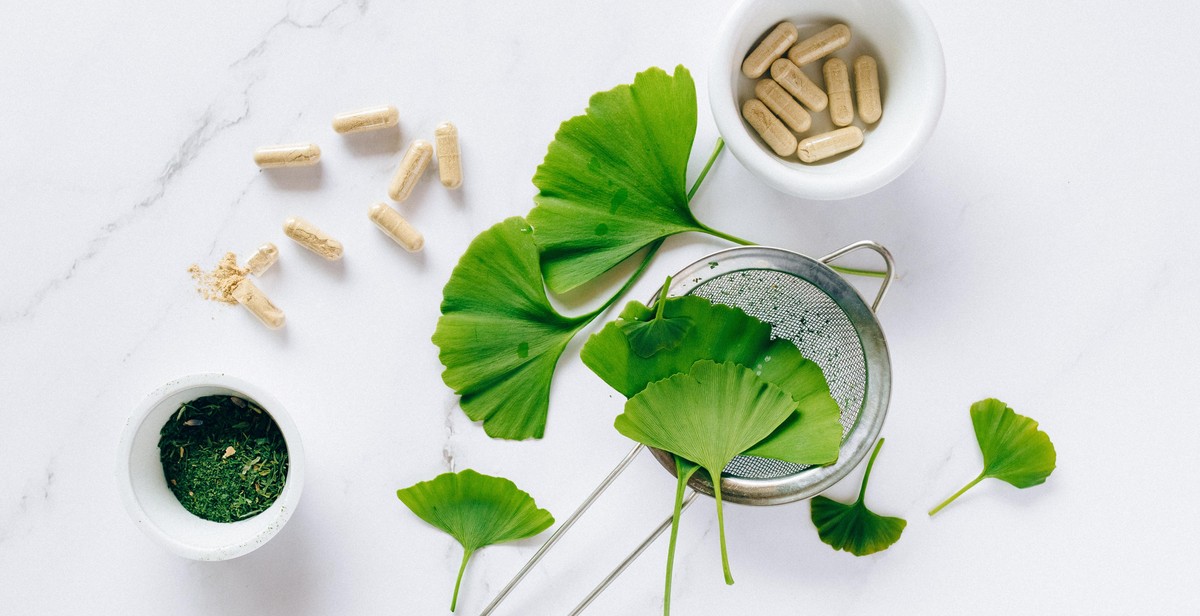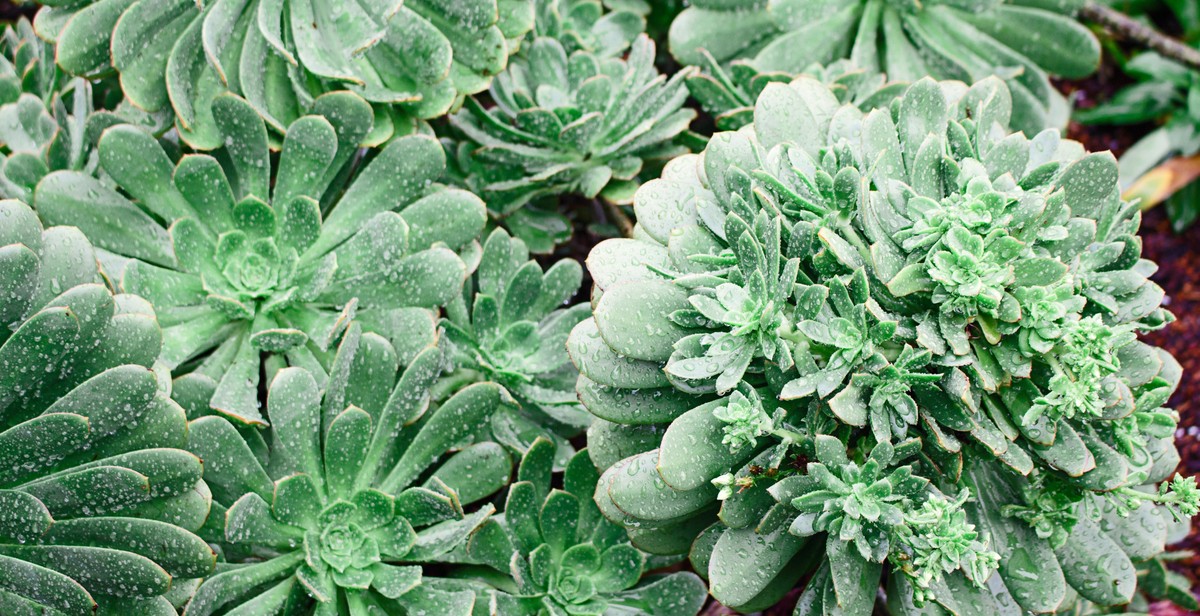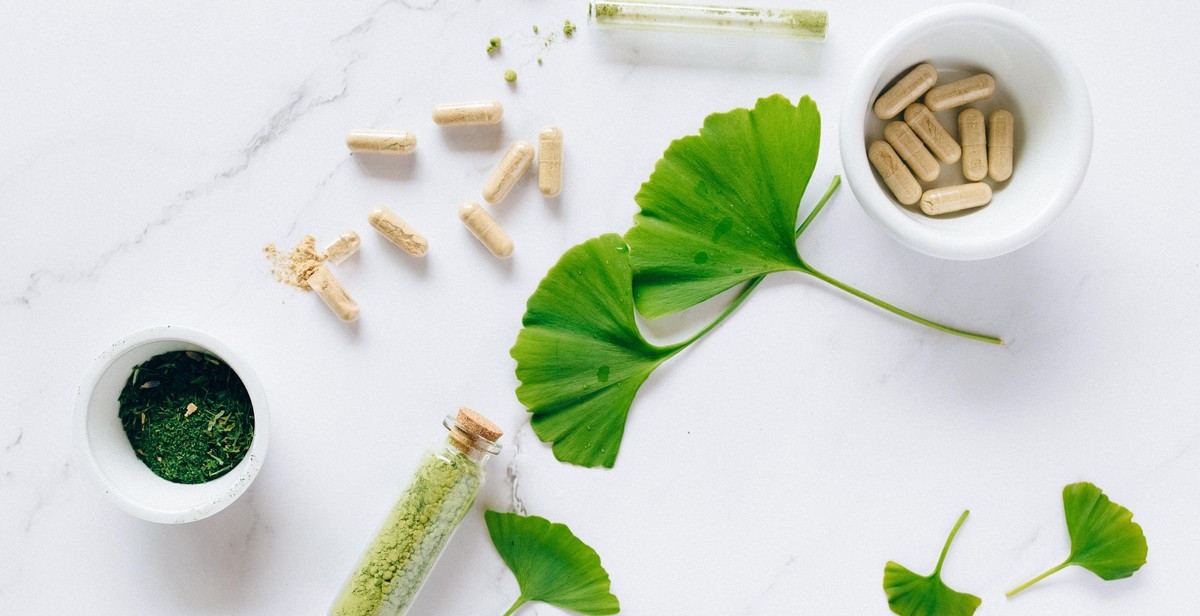Introduction: How to Grow Medicinal Herbs for Natural Remedies
Medicinal herbs have been used for centuries to treat various ailments and health conditions. In recent years, there has been a growing interest in natural remedies and alternative medicine, leading many people to explore the benefits of growing medicinal herbs at home. Whether you are looking to improve your overall health or treat specific health issues, growing medicinal herbs can be a rewarding and cost-effective way to achieve your goals.
Why Grow Medicinal Herbs?
There are many reasons why you might want to consider growing medicinal herbs. Firstly, they offer a natural and sustainable alternative to conventional medicine, which often comes with a host of side effects. Medicinal herbs can be used to treat a wide range of health conditions, from minor ailments like headaches and indigestion to more serious conditions like high blood pressure and diabetes.
Additionally, growing medicinal herbs at home allows you to have complete control over the quality and purity of the herbs you are using. You can ensure that your herbs are grown organically and free from harmful pesticides and chemicals, which can be a concern when purchasing herbs from a store.
Finally, growing medicinal herbs can be a fun and rewarding hobby that allows you to connect with nature and learn more about the healing properties of plants. Whether you have a large garden or just a small balcony, there are many herbs that can be easily grown at home.
In this article, we will provide you with a comprehensive guide on how to grow medicinal herbs for natural remedies. We will cover everything from selecting the right herbs to planting and caring for them, as well as tips on how to use and store your herbs for maximum effectiveness.

Choosing the Right Herbs
When it comes to growing medicinal herbs for natural remedies, it’s important to choose the right herbs to suit your needs. Here are some factors to consider:
Factors to Consider
- Health needs: Consider the health needs of yourself and your family when choosing medicinal herbs to grow. Are you looking to boost immunity, reduce inflammation, or relieve stress? Choose herbs that address your specific concerns.
- Growing conditions: Some medicinal herbs require specific growing conditions, such as full sun or moist soil. Make sure you choose herbs that are suited to the conditions in your garden.
- Availability: Some medicinal herbs may be difficult to find or may not be available in your area. Consider the availability of seeds or starter plants when choosing herbs to grow.
- Usage: Consider how you plan to use the herbs. Will you be making teas, tinctures, or poultices? Choose herbs that are suited to your intended usage.
Popular Medicinal Herbs to Grow
Here are some popular medicinal herbs to consider growing:
| Herb | Health Benefits | Growing Conditions |
|---|---|---|
| Chamomile | Relieves anxiety and promotes sleep | Full sun or partial shade, well-drained soil |
| Echinacea | Boosts immune system and reduces inflammation | Full sun, well-drained soil |
| Lavender | Relieves stress and promotes relaxation | Full sun, well-drained soil |
| Peppermint | Relieves digestive issues and headaches | Partial shade, moist soil |
| St. John’s Wort | Relieves depression and anxiety | Full sun, well-drained soil |
These are just a few examples of popular medicinal herbs to grow. Remember to choose herbs that meet your specific health needs, growing conditions, and intended usage.

Preparing Your Garden
Before you start growing medicinal herbs, you need to prepare your garden properly. The right location and soil preparation are essential for a successful herb garden. Here are some tips to help you get started:
Location
Choose a location that gets plenty of sunlight, ideally 6-8 hours a day. Most herbs need full sun to thrive, so make sure your garden is not shaded by trees or buildings. If you live in a hot climate, you may want to provide some afternoon shade to prevent your plants from wilting.
Soil Preparation
The soil in your herb garden should be rich and well-draining. Most herbs prefer a slightly acidic soil with a pH between 6.0 and 7.0. You can test your soil using a soil testing kit, which you can find at your local garden center or online.
If your soil is too acidic, you can add lime to raise the pH. If it’s too alkaline, you can add sulfur to lower the pH. You may also need to amend your soil with organic matter, such as compost or aged manure, to improve its texture and fertility.
Before planting, remove any weeds or debris from your garden bed. You may also want to consider adding a layer of mulch to help retain moisture and suppress weed growth.
Planting
When planting your herbs, be sure to space them properly to avoid overcrowding. Most herbs need about 12-18 inches of space between plants. You can also plant herbs in containers if you have limited space or want to move them indoors during the winter.
When planting, dig a hole slightly larger than the root ball of your plant. Gently loosen the roots and place the plant in the hole, making sure it’s level with the surrounding soil. Fill in the hole with soil, and press lightly to remove any air pockets.
Maintenance
Maintaining your herb garden is relatively easy, but it does require some regular care. Here are some tips to help you keep your plants healthy:
- Water your herbs regularly, but be careful not to overwater. Most herbs prefer moist, but well-drained soil.
- Fertilize your herbs once a month with a balanced fertilizer, or use compost or aged manure.
- Prune your herbs regularly to promote bushier growth and prevent them from becoming too leggy.
- Harvest your herbs regularly to encourage new growth and prevent them from flowering too early.
By following these tips, you can create a thriving herb garden that will provide you with fresh, medicinal herbs for years to come.

Harvesting and Preserving Medicinal Herbs
Harvesting and preserving medicinal herbs is an essential part of the process of growing them. It is important to know when to harvest the herbs, how to dry them, and how to store them properly to maintain their potency and effectiveness.
When to Harvest Medicinal Herbs
The best time to harvest medicinal herbs is when they are at their peak potency. This is usually when the plant is in full bloom, just before the flowers start to fade. The timing of the harvest can vary depending on the herb, so it is important to research each herb’s specific harvesting requirements.
Harvesting in the morning after the dew has dried, but before the sun is too hot, is ideal. The plant’s essential oils will be at their highest concentration at this time, making for a more potent final product.
Drying Medicinal Herbs
Drying is the most common way to preserve medicinal herbs. Properly dried herbs will retain their potency and flavor for up to a year.
There are several methods for drying herbs, including air-drying, oven-drying, and using a dehydrator. Air-drying is the easiest and most cost-effective method, but it can take several days to dry the herbs completely. Oven-drying and dehydrating are faster methods, but they require special equipment.
Regardless of the drying method, it is important to dry the herbs in a warm, dry, and well-ventilated area. The herbs should be spread out in a single layer and turned occasionally to ensure even drying. Once the herbs are dry, they should be stored in an airtight container in a cool, dark place.
Storing Medicinal Herbs
Proper storage is essential for maintaining the potency of medicinal herbs. Dried herbs should be stored in an airtight container in a cool, dark place. Exposure to light, heat, and air can cause the herbs to lose their potency and flavor.
It is important to label each container with the name of the herb and the date it was harvested. This will help you keep track of the herbs and ensure that you use them before they lose their potency.
When using dried herbs, it is important to use the correct amount. Dried herbs are more potent than fresh herbs, so you will need to use less of them in your recipes. As a general rule, use one-third to one-half as much dried herbs as you would fresh herbs.

Making Natural Remedies
Once you have harvested and dried your medicinal herbs, it’s time to start making natural remedies. There are several methods you can use to create herbal medicines, including infusions and teas, tinctures and extracts, and salves and balms.
Infusions and Teas
Infusions and teas are some of the simplest and most popular ways to use medicinal herbs. To make an infusion, simply pour boiling water over your dried herbs and let them steep for 10-15 minutes. To make a tea, use a smaller amount of herbs and steep for 3-5 minutes. Infusions and teas are great for treating digestive issues, anxiety, insomnia, and other ailments.
Tinctures and Extracts
Tinctures and extracts are more concentrated than infusions and teas, making them a good choice for treating chronic conditions. To make a tincture, soak your herbs in alcohol or glycerin for several weeks, then strain and bottle. To make an extract, you’ll need to use a stronger solvent like vinegar or vegetable glycerin. Tinctures and extracts are great for treating arthritis, respiratory infections, and other chronic conditions.
Salves and Balms
Salves and balms are topical remedies that can be applied directly to the skin. To make a salve, melt beeswax and mix it with infused oil and essential oils. Balms are similar to salves but are made with more wax and less oil. Salves and balms are great for treating skin conditions, sore muscles, and joint pain.
| Herb | Remedy |
|---|---|
| Chamomile | Infusion for anxiety and insomnia |
| Echinacea | Tincture for immune support |
| Arnica | Balm for sore muscles and bruises |
